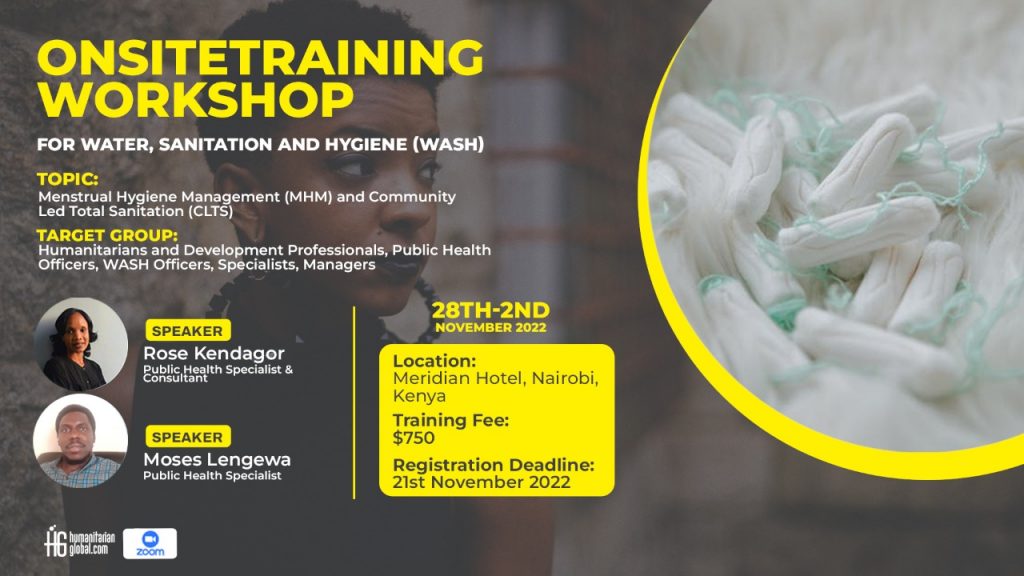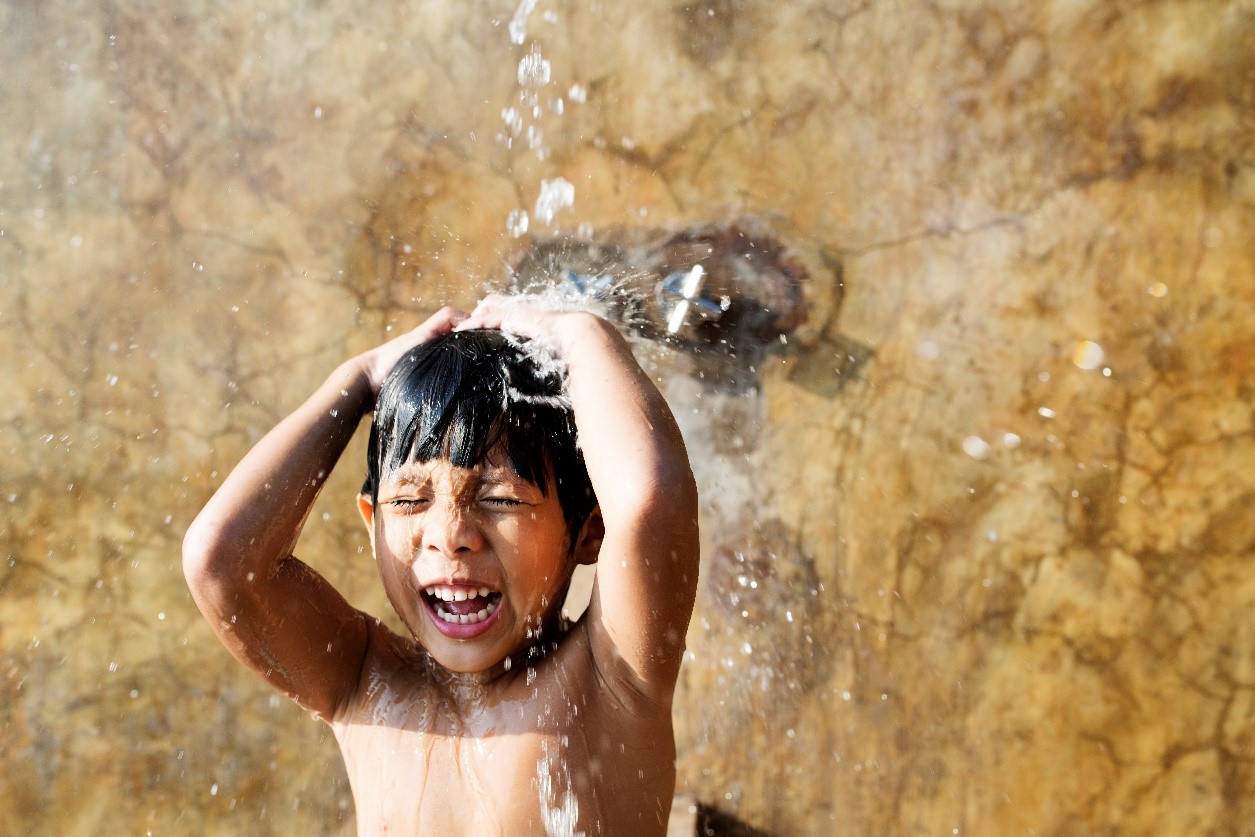
What is hygiene? Types Of Hygiene |
1. Personal hygiene Personal hygiene which involves the cleanliness of one’s body and clothing, proper living habits, healthy diet, rest, and exercise, basically means cleanliness of your body. Good personal hygiene means keeping all parts of the physical body clean and healthy. It is an essential part of maintaining both physical and mental health. In people who practice poor personal hygiene, the body offers a perfect environment for the growth of germs, hence leaving it vulnerable to infection. The main goal of personal hygiene is to improve or enhance personal standards of cleanliness, within people’s living conditions. Some of the personal hygiene practices include bathing, washing clothes, washing hands, proper use of the toilet, caring for the teeth, nails, feet, personal grooming, maintaining good practices when either spitting, sneezing, or coughing, and inculcating clean habits at a young age. On a social level, people tend to avoid a person with poor personal hygiene, hence resulting in isolation and loneliness.  2. Environmental Hygiene The aim of environmental hygiene is to create safe spaces so as to prevent diseases. In general, environmental hygiene involves disinfection activities (to control the harmful organisms and bacteria that threaten health), rodent control, disinfestation, and fumigation activities. When the environment is polluted with toxic waste through either spitting or vomiting, the State is accountable for the respective cleaning of the environment using companies that are in the field of environmental hygiene. This way, children and other people who use the same street are prevented from falling ill due to exposure to such waste. Environmental hygiene takes care of the health of both current and future generations.  3. Domestic hygiene Domestic hygiene which involves cleanliness, the sanitary preparation of food, and ventilation, generally means cleanliness in homes. Domestic hygiene practices include all the work done to keep people’s clothes, beddings, and houses clean. These activities include washing clothes and beddings, cleaning the toilet, sweeping and cleaning floors, and washing dishes after meals. It is important to keep the house clean so that it remains a healthy place. In the case where the house and things in it are not often cleaned, dirt and moisture accumulate, making the house ideal for the breeding of parasites, germs, and disease-carrying animals. These germs can cause infection or sickness to the people living in the house. Domestic hygiene also entails the use of soap, proper ventilation, fresh air, hygiene in food storage, proper waste disposal, and keeping away household pests, rats, and insects.  4. Food hygiene One of the greatest risks to the health of a population is contaminated food. It is a leading cause of disease outbreaks and transmission. Food that is kept for too long contains pathogens or toxic chemicals whereas foodstuffs that are consumed raw, such as vegetables and fruits, can get contaminated by flies, dirty hands, or unclean water. Food that has been improperly prepared can also lead to chemical poisoning. For instance, improperly pounded and cooked cassava leaves may contain dangerous cyanide levels. Therefore, to promote good health, food should be prepared and stored properly.  Any facility where food is prepared or served for public consumption must adhere to the set hygiene practices by health regulating agencies. These systems are put in place to regulate the general environment where food is prepared, the methods used to prepare and serve it, how the food is stored, and the personal employee hygiene standards. Required equipment for food hygiene includes stainless steel surfaces for the preparation of food and cooking utensils. These regulations also include specific standards for water and food temperatures and the required sanitation systems for disinfecting and cleaning utensils and surfaces. To learn more with regard to good hygiene and sanitation practices, enroll for our Diploma level course of Water, Sanitation and Hygiene today. |








(1) Comment